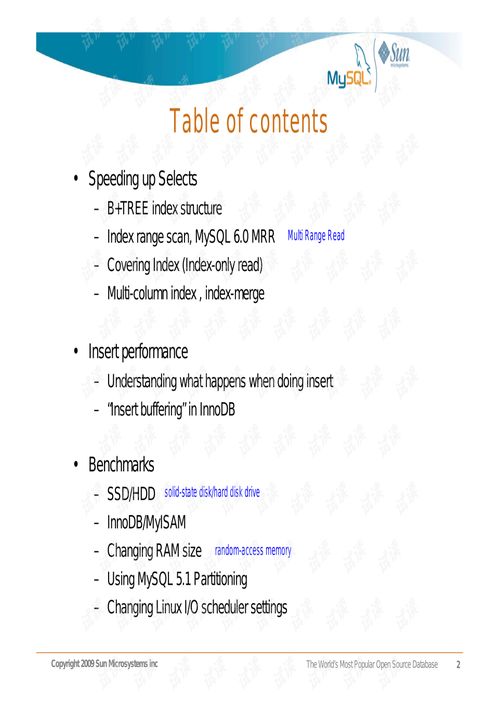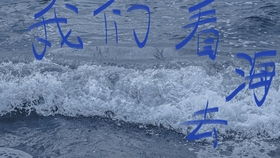Introduction:
The allure of sea perch, also known as "Sea Bream," has long captivated anglers along coastal shores. These delightful fish, known for their succulent flesh and fighting spirit, are a favorite among both beginners and seasoned anglers. If you're looking to hook into these tasty creatures, here's a comprehensive guide to mastering the art of sea perch fishing at the shore. From selecting the right gear to employing effective techniques, we've got you covered.
Choosing the Right Location:
The first step to successful sea perch fishing is finding the perfect spot. Look for areas with a mix of sand and rock, as these provide ideal habitats for sea perch. Popular locations include rocky outcrops, jetties, and piers. Pay attention to the tides, as sea perch are often found near the shore during low tide.
Understanding the Behavior of Sea Perch:
Sea perch are bottom feeders, so they are typically found near the sea floor. They are most active during the early morning and late afternoon, when the water is cooler. To increase your chances of success, fish during these peak times.
Selecting the Right Equipment:
For shore fishing, a spinning rod with a medium to heavy action is ideal for sea perch. The rod should be long enough to cast comfortably, typically around 6 to 7 feet. Match the rod with a quality spinning reel that can handle the fight of a sea perch without breaking.
When it comes to line, use a monofilament line with a breaking strength of 10 to 15 pounds. This provides enough strength to handle the fish without being too heavy, which can spook them. A good quality leader of 12 to 18 inches with a breaking strength of 15 to 20 pounds is also essential to prevent break-offs.
Choosing the Right Bait:

Sea perch are opportunistic feeders and will take a variety of baits. Here are some effective options:
Live Bait: Live bait, such as small fish like sardines or anchovies, is highly effective. You can either purchase live bait from a local tackle shop or catch your own using a small hook and a piece of bread.
Dead Bait: Dead bait such as squid, mackerel, or herring can also be effective. Cut the bait into small pieces and attach them to your hook.
Artificial Lures: Soft plastic lures, such as grubs or worms, can mimic the movement of small fish and are great for attracting sea perch.
The Art of Casting:
Casting is a crucial skill for shore fishing. Here are some tips to improve your casting technique:
Back-Cast: Start by holding the rod with a comfortable grip and bring it back over your head. As you do this, begin winding the reel. When the line is about 2/3 of the way back, release the line, allowing it to fly through the air. This technique is effective for casting to distant targets.
Sidearm Cast: For casting closer to the shore, use the sidearm cast. Hold the rod horizontally and sweep it forward with a quick, wrist-driven motion. This allows for more precise casting and is great for casting to structures like rocks or piers.
The Nuts and Bolts of Fishing Techniques:
Once you've cast your line, it's time to fish. Here are some techniques to help you catch sea perch:
Bottom Bouncing: Let your bait sink to the bottom and then slowly retrieve it. This technique is great for areas with rocky bottoms, as it allows your bait to mimic the movement of small fish that are feeding on the sea floor.
Trolling: If you're fishing from a pier or a boat, try trolling. Attach your bait to a fishing line and slowly reel it through the water. This technique can cover more ground and increase your chances of finding sea perch.
Jigging: Use a jigging rod and retrieve your bait in short, sharp movements. This mimic the action of a struggling fish and can attract the attention of sea perch.
Safety First:
Always prioritize safety when fishing from the shore. Wear appropriate footwear to prevent slipping on wet surfaces, and be aware of your surroundings to avoid accidents. Also, make sure you have a first aid kit on hand in case of any minor injuries.
Conclusion:
Catching sea perch at the shore can be a rewarding and enjoyable experience with the right knowledge and techniques. By choosing the right location, understanding the behavior of sea perch, selecting the proper equipment, and employing effective fishing techniques, you'll be well on your way to becoming a sea perch fishing expert. Remember to always practice safety and respect the marine environment. Happy fishing!












